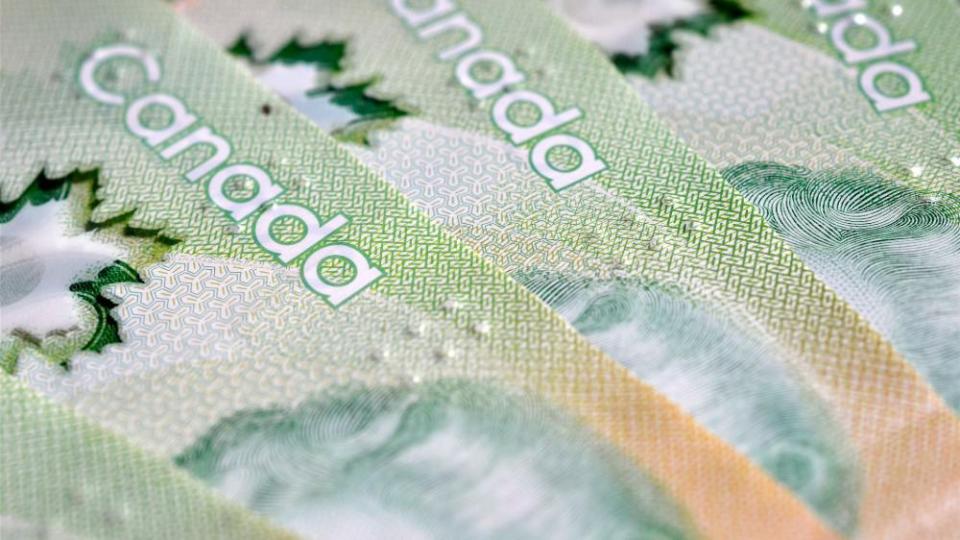CRA Cash: What Happens After CERB Ends in September?

When the COVID-19 took the form of a pandemic, the Canada Revenue Agency (CRA) immediately created a COVID-19 response program. It paid out $2,000 in Canada Emergency Response Benefit (CERB) every month to those who lost their job because of the pandemic. The end objective was to provide Canadians, who applied for the CERB, with the living expense so they can stay home even without an income.
In June, Canada started re-opening the economy, but the re-start was very uneven across different sectors and areas. Hence, the CRA extended the CERB till September, under the condition that the Canadians are actively seeking a job. Now, the extended CERB is coming close to its end.
The end of the CERB
The Canadian economy is gradually recovering. According to Statistics Canada, the country added 419,000 jobs in July, reducing the unemployment rate to 10.9% from 12.3% in June and 13.7% in May. If the momentum continues and people return to work at this pace, the unemployment rate could fall to 8% in September.
The CERB has done its job of providing relief in the pandemic emergency. Now, the CRA is moving to economic recovery and putting people back to work. However, you just cannot pull out a radical benefit like the CERB.
Many hard-hit sectors, such as airlines, hotels, and theatres, are still closed or are operating at a fraction of their capacity. Many Canadians working in these sectors are still jobless. When the CERB ends, people in these sectors will be left in financial turmoil.
Employment Insurance will replace CERB
Prime Minister Justin Trudeau has ensured that the government will help those who are still jobless by transitioning them from the CERB to Employment Insurance (EI) program. The CRA has been providing EI for a very long time to Canadians who lose their job for no fault of their own. The end objective of the EI is to provide these Canadians with financial support until they find a new job.
The EI program lasts from 14-45 weeks and provides beneficiaries 55% of their average weekly income up to $573 a week. For instance, if Jane earns $4,000 every month, she can get an EI of $2,200 a month.
EI is not the same as the CERB
However, EI is not the same as the CERB. The CERB is accessible to a larger number of Canadians compared to the EI.
First, only those Canadians who are in insurable employment are eligible for EI. This means that contractual workers, part-time workers, and self-employed don’t get EI. However, they got the CERB. Trudeau stated that the government will introduce a transitional parallel benefit similar to EI for those who do not qualify for EI.
Second, you can only claim EI if you have worked for a certain number of hours. The working hours’ eligibility reduces if the overall unemployment in your region is high. For instance, Jane lives in Alberta where the unemployment rate was 12.8% in July. She can get EI benefit if she has worked for at least 455 hours, or 13 months full-time, in insurable employment.
Labour unions and economists are asking the Trudeau government to reduce the working hour eligibility as many people were out of work for several months.
Build your personal EI benefit
Instead of relying on the CRA cash benefits, create your benefit pool in your Tax-Free Savings Account (TFSA). If you saved around $400 every month from your CERB payment, you would have around $2,000 by now. Invest this amount in a high-quality stock that has the potential to grow in the economic recovery.
One such stock is RioCan REIT (TSX:REI.UN). The company earns revenue by renting retail properties and returns this cash to shareholders through dividends. The pandemic-driven lockdown hit RioCan’s rent collection, sending the stock down 44% in March. This increased its dividend yield to 9.4%.
As the economy re-opens retail shops will open and RioCan will be able to collect more rent. An improvement in rent collection will return the stock to its normal trading price of $27, representing an 80% upside. If you invest $2,000 now, it could grow to $3,800 in a year.
The post CRA Cash: What Happens After CERB Ends in September? appeared first on The Motley Fool Canada.
More reading
Worried the CRA CERB Will Be Gone? Then Get $2,000 Every Month Here
How to Get Up to $850 in CRA Cash Benefit in One Simple Step
Fool contributor Puja Tayal has no position in any of the stocks mentioned.
The Motley Fool’s purpose is to help the world invest, better. Click here now for your free subscription to Take Stock, The Motley Fool Canada’s free investing newsletter. Packed with stock ideas and investing advice, it is essential reading for anyone looking to build and grow their wealth in the years ahead. Motley Fool Canada 2020

